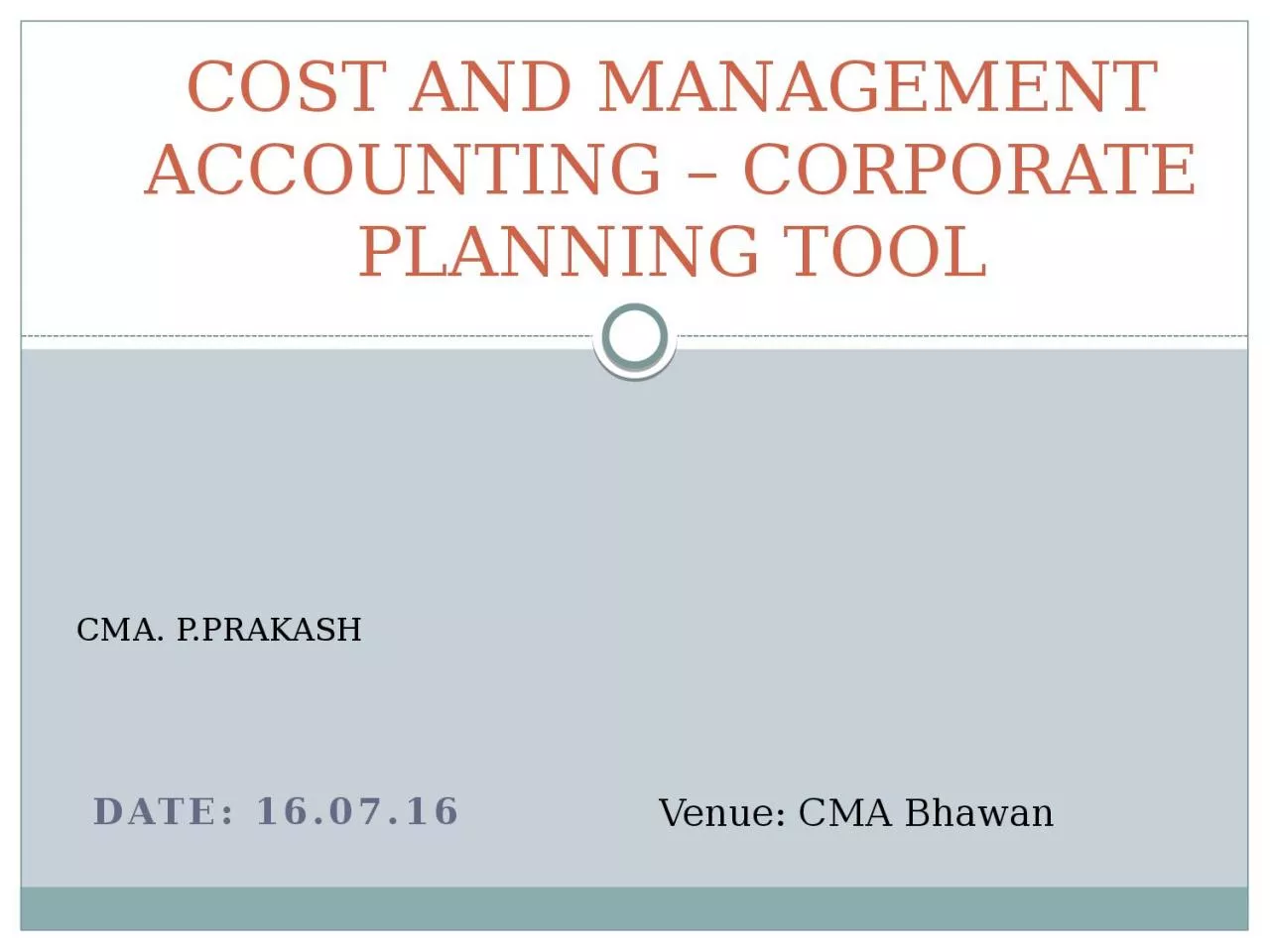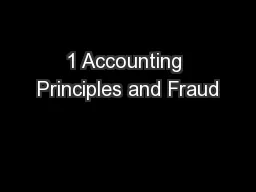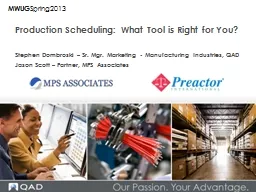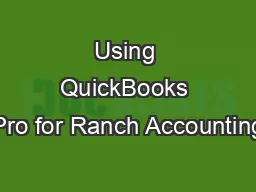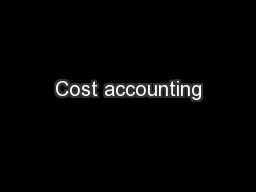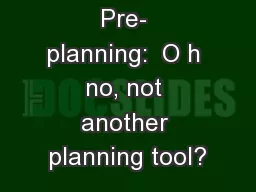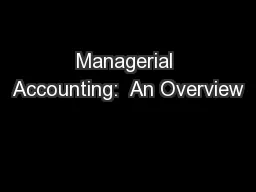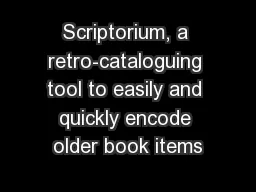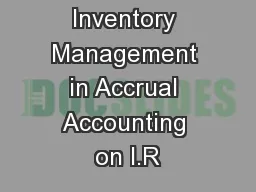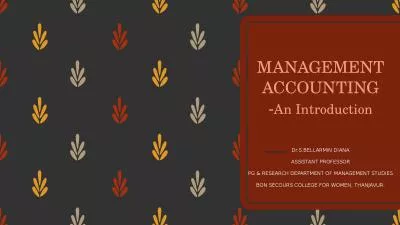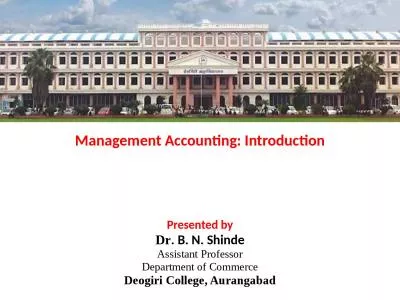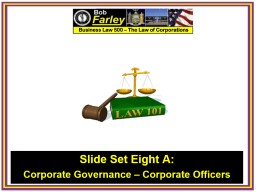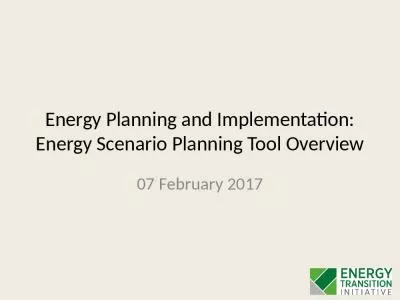PPT-Date: 16.07.16 COST AND MANAGEMENT ACCOUNTING – CORPORATE PLANNING TOOL
Author : badra | Published Date : 2023-10-31
Venue CMA Bhawan CMA PPRAKASH Which information system can provide answers for these questions Is your firm more or less profitable than your major competitor
Presentation Embed Code
Download Presentation
Download Presentation The PPT/PDF document "Date: 16.07.16 COST AND MANAGEMENT ACCOU..." is the property of its rightful owner. Permission is granted to download and print the materials on this website for personal, non-commercial use only, and to display it on your personal computer provided you do not modify the materials and that you retain all copyright notices contained in the materials. By downloading content from our website, you accept the terms of this agreement.
Date: 16.07.16 COST AND MANAGEMENT ACCOUNTING – CORPORATE PLANNING TOOL: Transcript
Download Rules Of Document
"Date: 16.07.16 COST AND MANAGEMENT ACCOUNTING – CORPORATE PLANNING TOOL"The content belongs to its owner. You may download and print it for personal use, without modification, and keep all copyright notices. By downloading, you agree to these terms.
Related Documents

